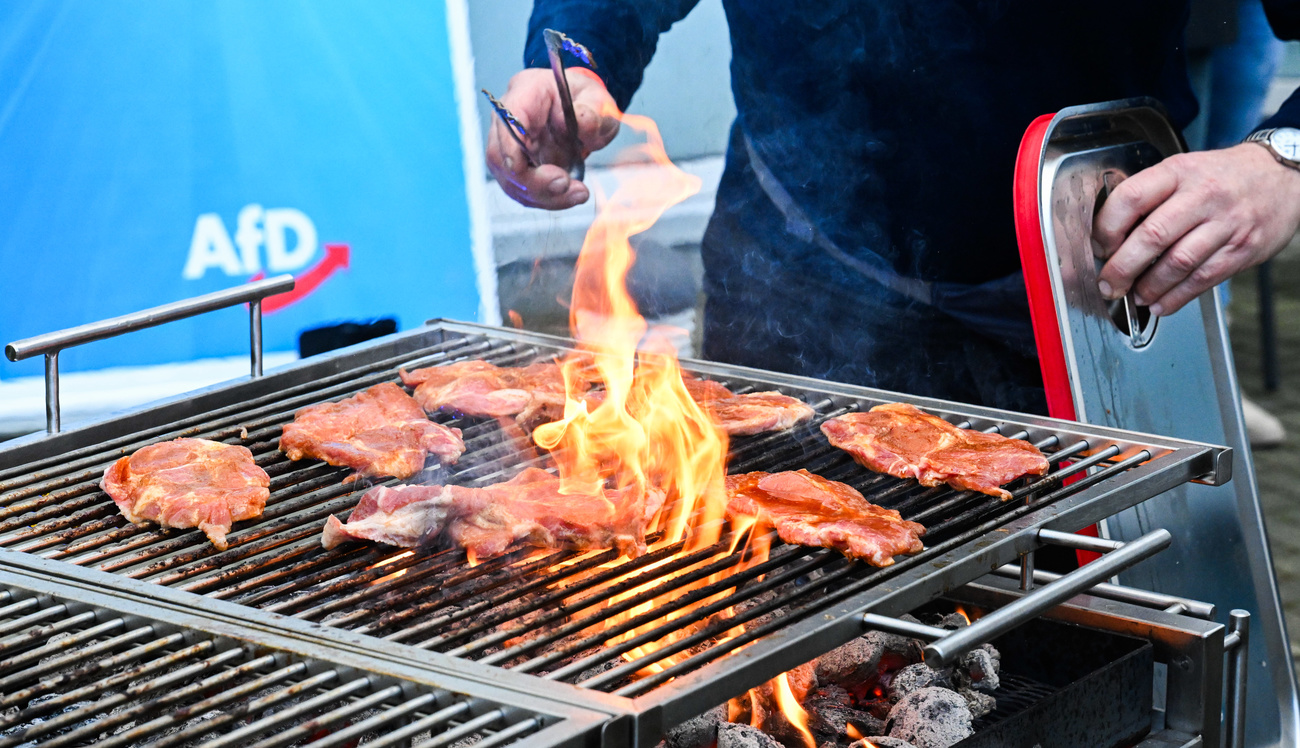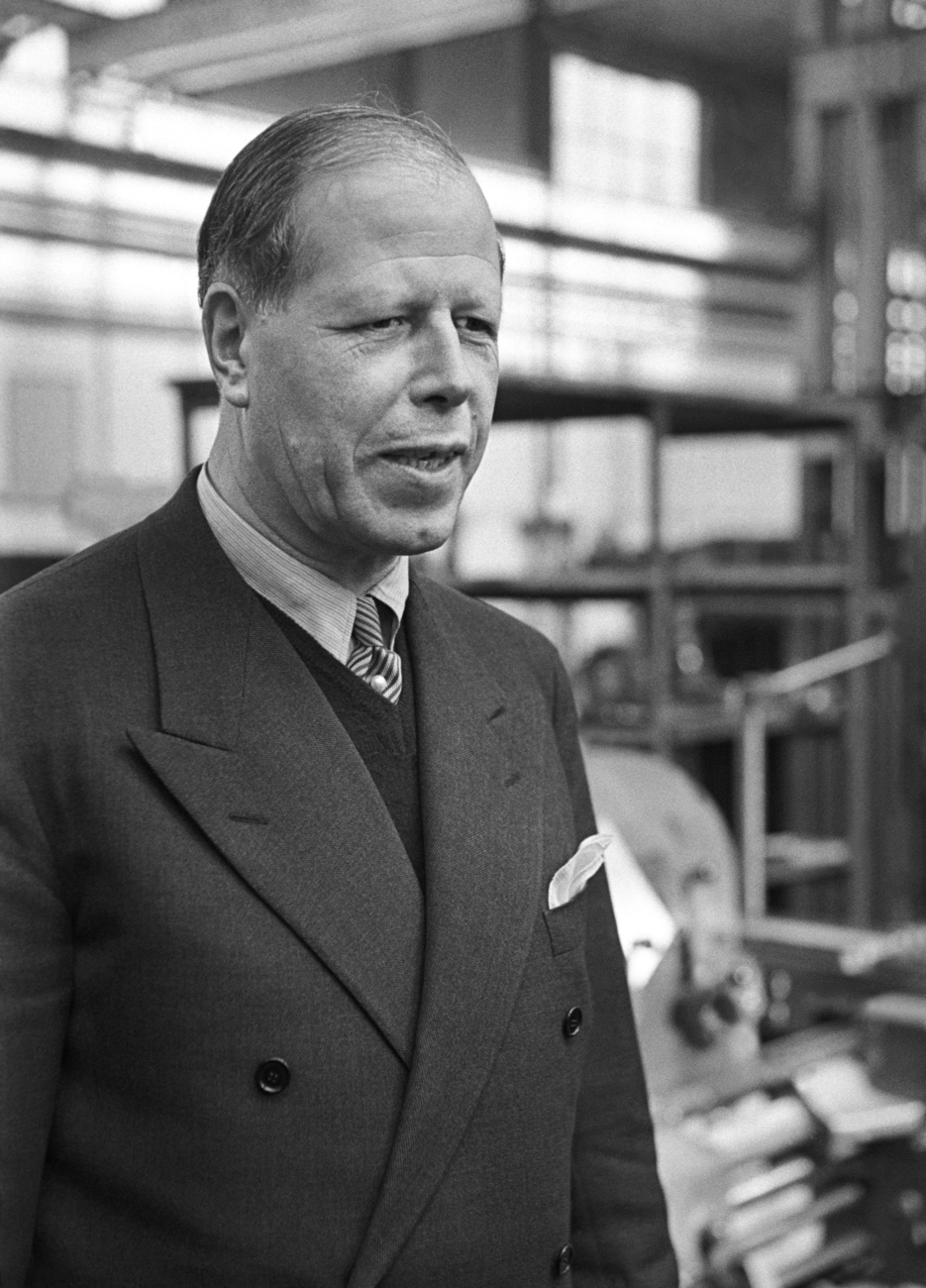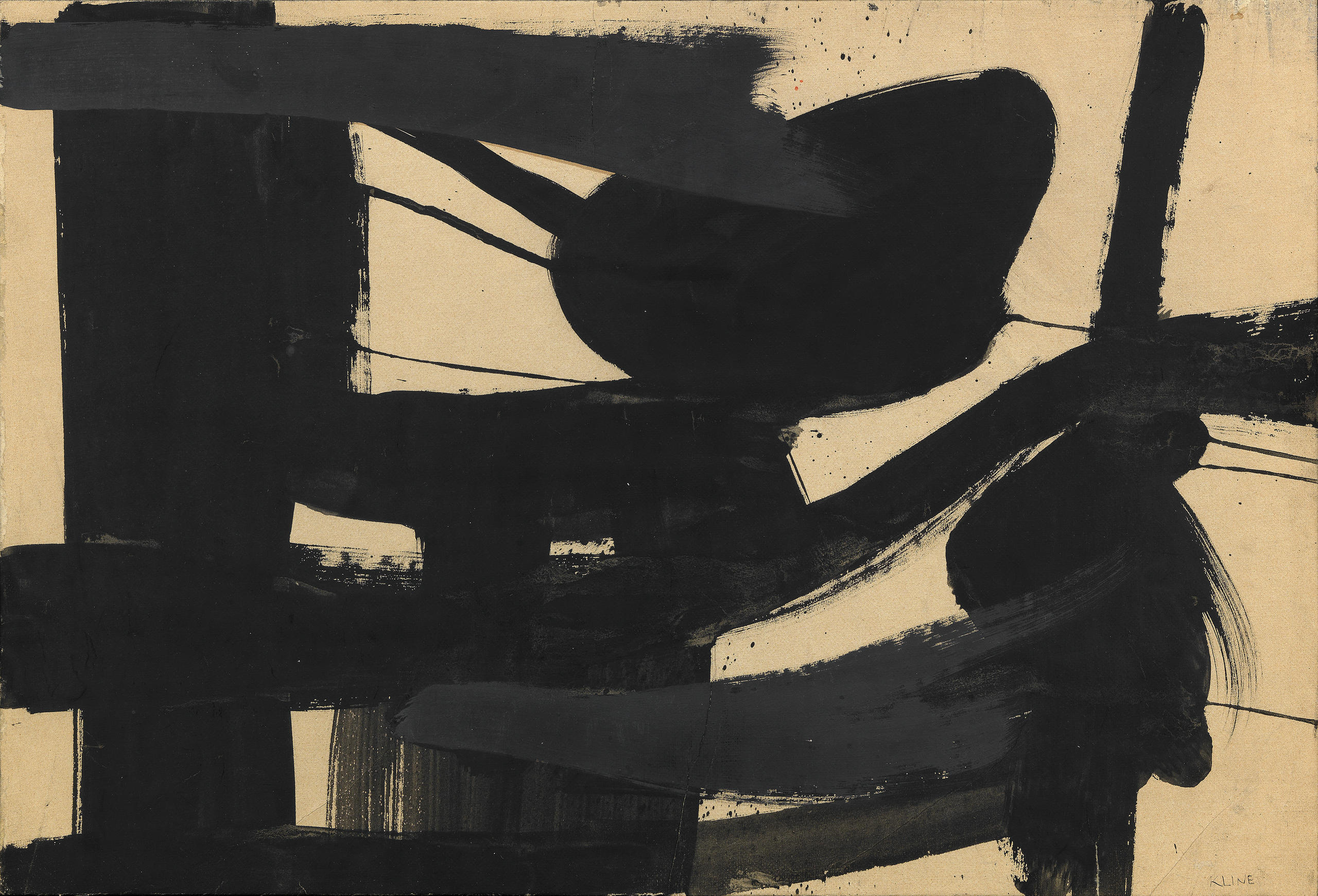The art of Japanese calligraphy: fusing tradition and modernity

The Japanese calligrapher Souun Takeda, who pushes the boundaries between traditional “shodo” calligraphy and modern art, is holding his first European solo exhibition in Zurich.
Anyone who thinks Japanese calligraphy is just about black-and-white characters painted on white paper using a brush and ink will be surprised by Souun Takeda’s Zurich exhibition. Many of his works resemble abstract paintings with colourful acrylic paints applied wildly on canvases.
“Because calligraphy is a traditional art – a kata – I used to feel restricted,” says Takeda. Later he began drawing with his children’s colour pens for fun and became fascinated by their energy.

But sometimes the Japanese calligrapher doesn’t use any colour. For his work 道 (Path), Takeda used a hose to spray water and write in Kanji characters on wet rice paper – a new technique for the ultra-conservative world of calligraphy.
The Swiss art curator Peter Wallimann noticed the work at the contemporary art fair Art International in Zurich in 2019, which led to Takeda’s solo exhibition at his Zurich gallery which runs from September 25-October 24.

Ritualised writing
Calligraphy – called shodo in Japanese – is a traditional form of writing that was introduced to Japan from China, along with Chinese characters. With the birth of kana – Japanese syllable writing – during the Heian period (794-1192), shodo flourished.
“In terms of striving for a beauty of form, colour and balance, it is similar to western calligraphy,” says Takeda. “It is also possible to write the letter A beautifully.”
But Japanese calligraphy is more ritualised: a calligrapher sits upright in front of a sheet of paper and softly rubs an inkstick to exude the subtle, deep aroma of ink. The artist then dips a brush into the ink and concentrates. Takeda sees a strong connection between calligraphy and Japan’s Shinto traditions.
“Kanji are hieroglyphic letters – reality transformed into an abstract symbol. I bring them back to the original image. The spirit becomes transparent and merges with the cosmos,” says Takeda.
He began learning his craft at the age of three with his mother, who was also a calligrapher. Over the years, his attempts to modernise calligraphy, working as a street artist and via collaborations with musicians and sculptors, have generated much public attention.
The 46-year-old artist believes calligraphy must constantly innovate: “It is pointless to say this is just a Japanese tradition. A foreign public like the Swiss will never understand that.” That’s why he says he always tries to create something beautiful that resonates with its period, like a form of communication.
The art of pointlessness
In China and Japan, calligraphy still has deep roots. In 2009, the United Nations Educational, Scientific and Cultural Organization (UNESCO) gave Chinese calligraphy intangible heritageExternal link status. In Japan, children learn calligraphy in primary school.
But for many Japanese adults, calligraphy is nothing more than nostalgia for their schooldays. And with digital developments, many people no longer write by hand.
But Takeda remains optimistic. “The world is increasingly focused on speed and efficiency. In calligraphy, we are doing the opposite – there is so much about it that is pointless,” he says.
“It gives people a good feeling to concentrate on writing a single character again and again.”
He argues that this is why calligraphy resonates with younger generations.
“Haste is not always enriching for the spirit. Calligraphy gives a sense of the beauty of the moment and a sense that we can restrict what goes through our heads in this moment,” he says.
“If people have the feeling that in this moment there is an answer to everything, that everything is right in front of them, then they can find peace more easily.”

In compliance with the JTI standards
More: SWI swissinfo.ch certified by the Journalism Trust Initiative













You can find an overview of ongoing debates with our journalists here . Please join us!
If you want to start a conversation about a topic raised in this article or want to report factual errors, email us at english@swissinfo.ch.